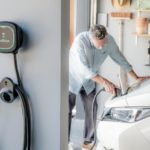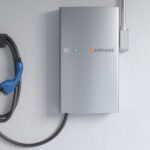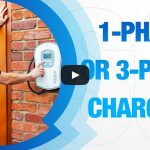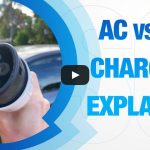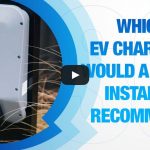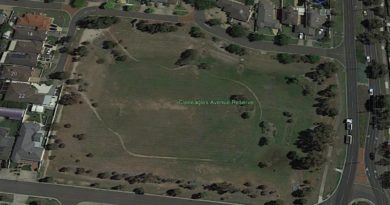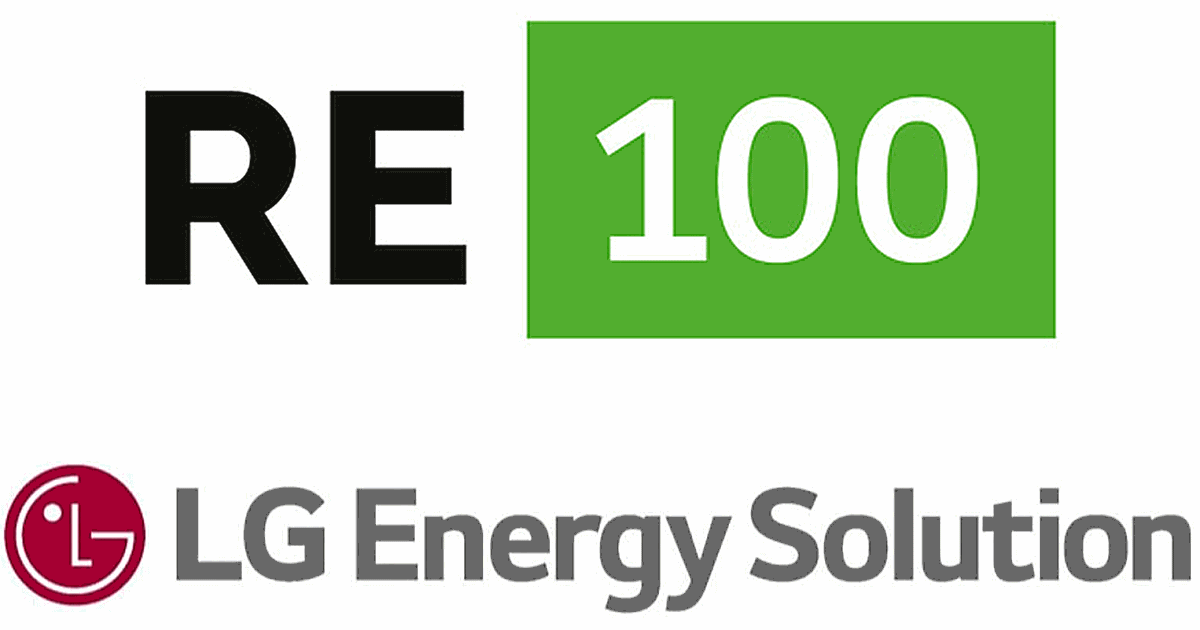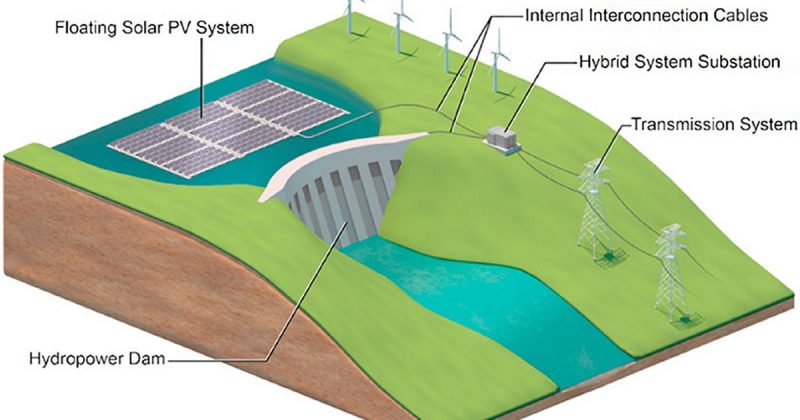How To Stop Your EV Draining Your Home Battery

I think AI is going to design my next house.
Don’t want to waste the energy in your home battery charging your electric car? You’re not alone. Discover a straightforward wiring tweak that fixes this—no fancy gear needed.
Battery to Battery Charging Is Not Optimal
A modest-range version of the modest Nissan Leaf stores 40kWh of electricity, while a Tesla Powerwall 2 stores 13.5 kWh. You need at least $45,000 for 4 Powerwalls to charge a Leaf fully overnight from stored energy whilst leaving a margin to account for losses and keep the lights on at home.
With these numbers in mind, it’s more than fair to assume you don’t want to be charging an electric car at home using a solar battery, not least of all because it’s a lot of battery cycles that don’t make good use of these very expensive assets.
Unfortunately, most home EV chargers can’t stop your home battery from depleting into your electric vehicle.
The Value Of Solar Charging
Solar charging is undeniably efficient. No matter the size of your PV system, diverting solar energy directly into your electric vehicle is like converting sunlight into money. You’ll save on your electricity bills, help relieve stress on the grid, and reduce greenhouse gas emissions—a triple-bottom-line winner.
Smart Management Is Key
If you have a solar power system with an inverter and EV charger from the same happy compatible family of products, they’ll have smarts built in to manage energy flows and display them in an app.
For instance, Fronius has the Gen24 solar inverter, battery (BYD), and Wattpilot EV charger. This can be programmed with priorities for solar-only charging of either EV or home battery while also offering time schedules to bar or encourage taking energy from the grid.
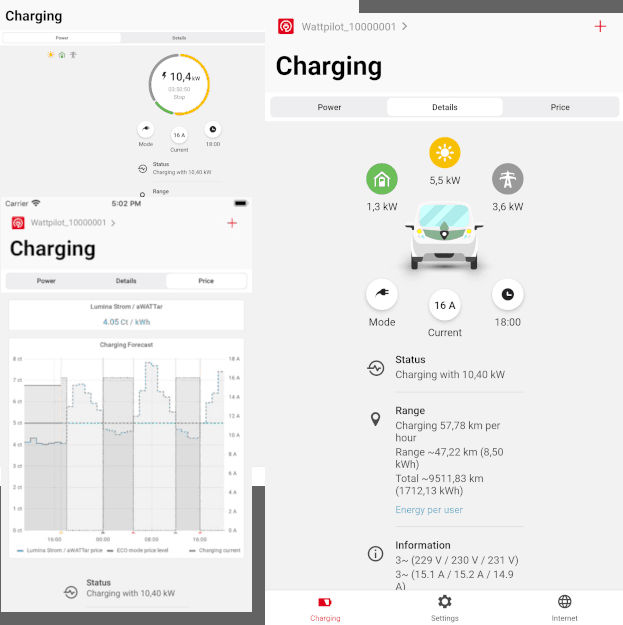
Retail Electricity Tariffs Add More Complexity
To maximise your savings, there are ways to manipulate energy consumption according to wholesale spot prices. With the right retail deal and APIs (Application Programming Interface, for computers to talk to each other) your solar battery or EV charger can soak up cheap energy and even get paid to do it.
Not All Charging Devices Play Nicely
For instance, Tesla’s wall charger is affordable and reliable but lacks smart features. The intelligence lies within the Tesla vehicle itself, meaning you’d need third-party software like ChargeHQ to manage energy flow for any other EV.
Don’t worry if you have an older solar power system. Again, smart technology like ChargeHQ or a well-designed charger with its own CT coil for measurement can add the intelligence your system lacks.
Home Solar Has Consumption Monitoring Too
Confusingly called a “smart meter”, a home battery system (with or without solar panels) needs to know what’s coming and going from the property. The mains supply is monitored either by passing the energy through a dedicated meter or passing the mains cable through another CT, so the inverter at the heart of the system can see what’s going where.
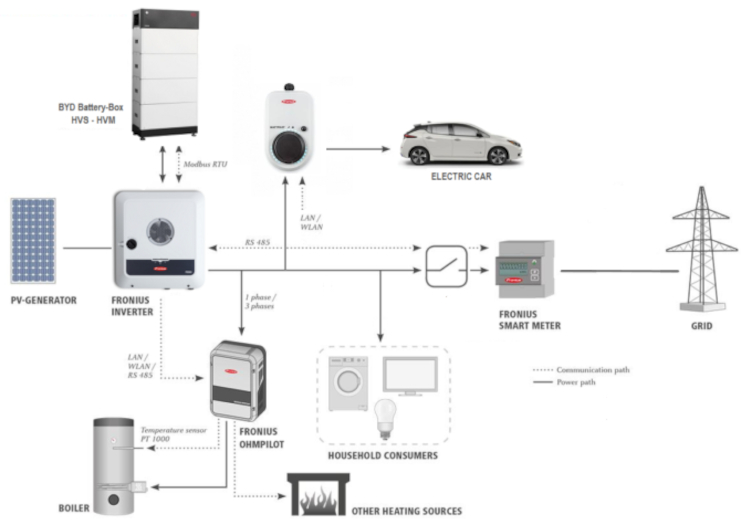
Full house of Fronius energy. Most importantly, all the components feed communications back to the solar inverter.
Fundamental Rules Apply
The programming of a home battery means it stands between the house and the electricity meter, trying to minimise consumption from the grid. It does this by charging from solar panels (or otherwise when energy is cheap), and then as the sun recedes, the home battery is discharged to meet loads in the house.
EV charging can be a big load, using half of your entire connection to the street. Even if you have your Electric Vehicle Supply Equipment (EVSE) programmed to only use solar system yield, measuring and differentiating energy flows can be difficult, especially as the house battery has a somewhat limited ability to meet all the demands. Flicking on the kettle and toaster might mean grid energy is needed to augment what the battery supply can do.
Where Problems Arise
It’s typical for an EV to draw up to 7kW when charging with a 2kW lower limit to make hardware efficient and keep losses low.
- Solar Output And Battery Status: Imagine your solar power system is generating 5kW of electricity. At this point, your home battery is fully charged, and the household is consuming only 1kW.
- EVSE In Action: Your EVSE (the charger) then harvests the remaining 4kW that would otherwise be exported to the grid.
- Changing Household Load: Now, you switch on a 2kW kettle and the household load rises to 3kW.
- EV Charging Adjusts: The EV charging rate dips to 2kW to match the available solar yield. At this point the solar yield matches the total consumption.
- Solar Output Decline: A cloud passes, causing the solar yield to drop by 1kW, leaving you with a 1kW energy shortfall.
- Where It Goes Pear Shaped:
- The home battery, designed to bridge such gaps, kicks in to supply the extra 1kW.
- Oblivious that this load is not essential for household use, the home battery keeps up supply to the EVSE.
- Ultimately, your home battery, thinking it’s fulfilling its role, empties itself into the car.
By walking through this scenario, you can see how your home battery and EV charger may not always be on the same page, leading to less-than-ideal outcomes. If you like Irish accents and watching a bloke hitch his pants up, slog through this YouTube explainer. The useful part is between minutes 3:50 and 14:30.
How Tesla’s Ecosystem Manages The Issue:With a Powerwall and Tesla car, the control software dynamically decides if your car should tap into the Powerwall. On a flat-tariff with ‘self-consumption’ mode enabled, it will readily channel Powerwall energy into your electric vehicle. However, with a time-of-use tariff and the app set to time-based control, it typically reserves the Powerwall’s juice for peak hours, opting to use grid power for electric car charging.
The Solution: Create A Pecking Order
Unless there’s a war, bushfire, flood or virulent plague, chances are you’ll never want to charge your electric car with your house battery. So, the simple way to fix the problem is to put the EVSE outside the house so to speak:
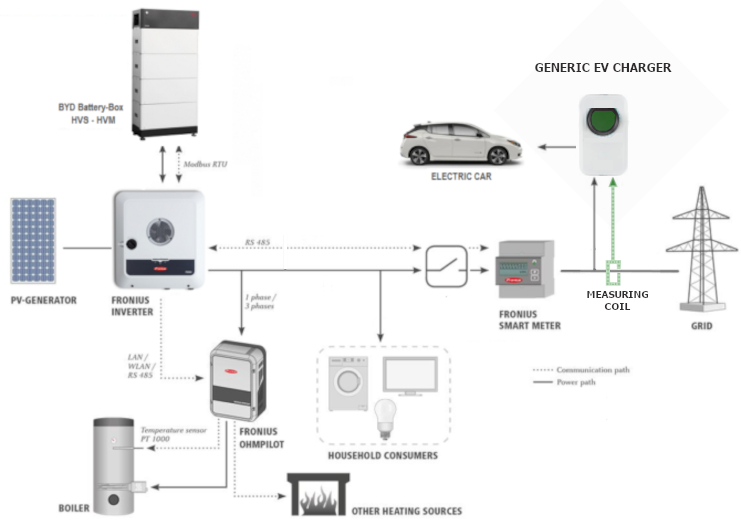
With a smart (or dumb) electric vehicle charger connected outside the solar consumption meter, the battery system keeps to itself, while the car can still soak up export before it gets to the grid.
The smart EV charger uses a CT to monitor and divert solar energy exports. Installing that CT and connecting the actual charger to the mains upstream of the battery/solar consumption meter means the house battery will never see the EVSE. It simply doesn’t know it exists and will not discharge the battery to meet the load.
The charger will still monitor for export, but it will get second bite at the solar electricity yield and the house battery will be charged first unless you program the solar/battery inverter to delay it’s charging with a schedule. However, this scenario, filing the small tank first, is perfectly rational.
The only real downside is whatever native solar monitoring app you have will be blind to EV consumption.
Original Source: https://www.solarquotes.com.au/blog/ev-draining-home-battery/



